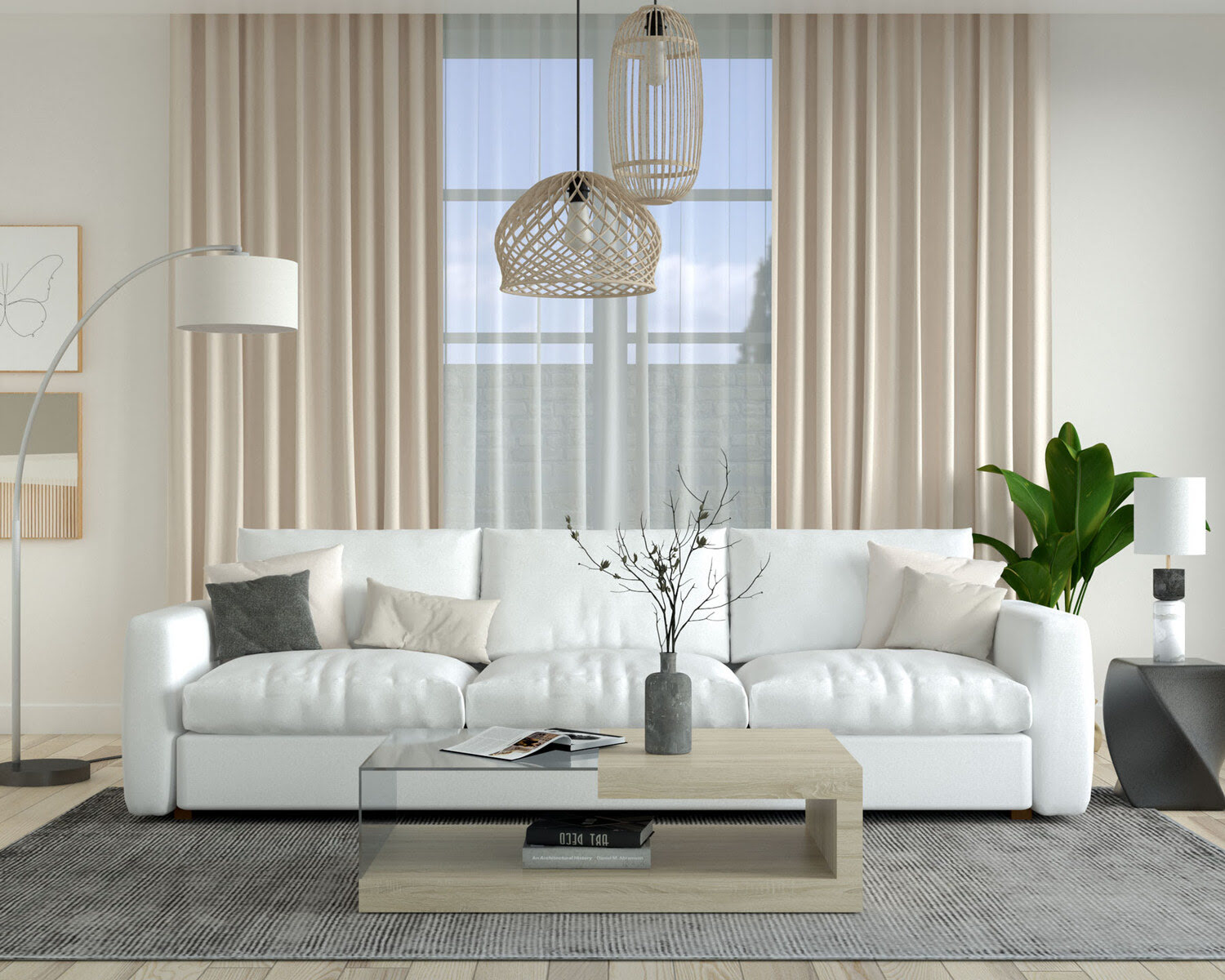

Articles
How To Choose A Curtain Color For Living Room
Modified: May 6, 2024
Discover helpful articles on how to choose the perfect curtain color for your living room. Get expert tips and advice on selecting the right hues to enhance your space.
(Many of the links in this article redirect to a specific reviewed product. Your purchase of these products through affiliate links helps to generate commission for Storables.com, at no extra cost. Learn more)
Introduction
Choosing the right curtain color for your living room can make a significant impact on the overall look and feel of the space. Curtains not only serve a functional purpose of providing privacy and controlling light, but they also add a decorative element to your room. The right color choice can complement the existing décor, enhance natural lighting, and create a welcoming atmosphere.
However, with so many color options available, selecting the perfect curtain color can be a daunting task. To make the decision easier, there are a few factors to consider. By taking into account factors such as natural lighting, wall color, furniture and décor, room size, style, and theme, you can choose a curtain color that harmonizes with your living room’s aesthetic.
In this article, we will discuss these factors in detail and provide guidance on how to choose the right curtain color for your living room.
Key Takeaways:
- Choose curtain colors based on natural lighting, wall color, furniture, room size, style, and theme to create a harmonious and visually appealing living room that reflects your personal style and taste.
- Consider coordinating curtain colors with existing colors, opting for neutral, bold, or patterned curtains to infuse personality and create a cohesive and well-designed living space.
Read more: How To Choose A Color For Your Living Room
Factors to Consider
When choosing a curtain color for your living room, there are several factors to consider. By taking these factors into account, you can narrow down your options and select a color that enhances the overall ambiance of the space. Let’s explore these factors:
- Natural Lighting: The amount of natural light that enters your living room can greatly influence the visibility and appearance of curtain colors. Rooms that receive ample sunlight can benefit from lighter or sheer curtains that allow the light to filter through, creating a bright and airy atmosphere. On the other hand, rooms with less natural light may benefit from darker curtains that add warmth and a sense of coziness.
- Wall Color: Consider the color of your walls when choosing the curtain color. If you have neutral-colored walls, you have the freedom to experiment with a wide range of curtain colors. For bold, vibrant wall colors, opting for neutral or complementary curtain colors can create a balanced and harmonious look. Alternatively, you can choose curtains that match the wall color for a seamless and cohesive appearance.
- Furniture and Décor: Take into account the colors and patterns of your furniture and décor items in the living room. If you have furniture or decorative pieces that are the focal point of the room, opt for curtains that complement or coordinate with those colors. Consider whether you want the curtains to blend in or make a statement in the overall design scheme.
- Room Size: The size of your living room plays a role in the choice of curtain color. Lighter-colored curtains can create an illusion of a larger space, while darker-colored curtains can make a room feel more intimate and cozy. If you have a small living room, it is generally recommended to choose lighter-colored curtains to open up the space visually.
- Style and Theme: Think about the overall style and theme of your living room. If you have a minimalist or contemporary design, you may opt for curtains in neutral colors to maintain a clean and sleek look. For a more eclectic or bohemian style, you can choose curtains with bold patterns or vibrant colors to add a pop of visual interest.
Considering these factors will help you narrow down the options and select a curtain color that complements your living room’s aesthetic and creates the desired ambiance. In the following sections, we will delve deeper into various curtain color options and how they can affect the overall look of your space.
Natural Lighting
The amount of natural light that enters your living room has a significant impact on the overall look and feel of the space. When choosing a curtain color, it is important to consider how natural lighting can affect the appearance and visibility of the curtains.
Rooms that receive ample sunlight can benefit from lighter or sheer curtains that allow the light to filter through. Light-colored curtains, such as whites, creams, and pastels, create a bright and airy atmosphere. They reflect the light, making the room feel more spacious and inviting. Sheer curtains are particularly effective in enhancing natural lighting as they still provide privacy while allowing sunlight to enter the room.
On the other hand, rooms that have less natural light may benefit from darker-colored curtains. Darker curtain colors, like deep blues, rich browns, or charcoal grays, can add warmth and a sense of coziness to the space. They can make the room feel more intimate and create a cozy atmosphere, especially during the evenings or in rooms with limited windows.
It is important to note that the direction your windows face can also impact the amount of natural light that enters the room. South-facing windows tend to receive the most sunlight throughout the day, while north-facing windows receive less direct sunlight. East-facing windows receive more morning light, and west-facing windows receive more afternoon light. Understanding the direction and intensity of natural lighting in your living room can help you choose the suitable curtain color.
If you have a living room with different exposure to natural light, you can consider using dual-layered curtains. This allows you to have lighter-colored or sheer curtains for the parts of the room that receive more sunlight, and darker-colored curtains for the areas that receive less light. This way, you can maintain a balanced look throughout the space while maximizing the benefits of natural lighting.
By considering the natural lighting in your living room, you can choose a curtain color that enhances the overall ambiance. Whether you opt for lighter or darker curtains, the goal is to create a welcoming and comfortable space that is well-balanced with the natural light available.
Wall Color
The color of your walls plays a crucial role in determining the overall aesthetic of your living room. When choosing a curtain color, it is important to consider how it will complement or contrast with your wall color.
If you have neutral-colored walls, such as white, beige, or gray, you have the freedom to experiment with a wide range of curtain colors. Neutral walls serve as a blank canvas, allowing you to introduce pops of color or patterns through your curtains. You can choose curtains in bold and vibrant colors to create a striking contrast or opt for softer shades that harmonize with the neutral backdrop. The choice depends on the overall look and atmosphere you want to achieve in your living room.
On the other hand, if you have walls with bold or vibrant colors, it is important to choose curtain colors that complement or balance them. For example, if you have walls in deep shades like navy blue or emerald green, you can opt for curtains in neutral colors like white, cream, or gray. This allows the walls to remain the focal point while the curtains provide a subtle backdrop. Alternatively, you can choose curtains in colors that coordinate or match with the wall color for a cohesive and seamless look.
Another approach is to introduce complementary colors. Complementary colors are those that are opposite each other on the color wheel. They create a vibrant and energetic look when used together. For example, if you have walls in a warm shade of orange, curtains in a cool shade of blue can create a visually appealing contrast.
Remember that the goal is to create a harmonious visual flow in your living room. Consider the intensity and saturation of both the wall color and the curtain color to ensure they complement each other. Lighter shades of curtains can create a softer and more delicate look, while darker shades can add depth and richness to the space.
When in doubt, you can always opt for curtains that match your wall color for a seamless and understated look. This creates a cohesive and unified appearance, making the space feel well put together.
Ultimately, the choice of curtain color should enhance the overall design and atmosphere of your living room. It should complement the wall color and create a visually appealing space that reflects your personal style and taste.
Furniture and Décor
When choosing a curtain color for your living room, it is important to consider the colors and patterns of your furniture and décor items. The curtain color should harmonize with the existing elements in the room and create a cohesive and visually pleasing space.
One approach is to select curtain colors that complement or coordinate with the colors of your furniture. If you have neutral-colored furniture, such as a beige or gray sofa, you have the flexibility to choose curtains in a wide range of colors. You can opt for curtains in a similar neutral shade to create a cohesive look or go for a contrasting color to add visual interest. For example, if you have a neutral-colored sofa, you can choose curtains in a bold and vibrant color like teal or mustard yellow to create a focal point in the room.
If you have furniture pieces or décor items that are already the focal point of the room, such as a vibrant patterned rug or a colorful artwork, it is best to choose curtains that complement rather than compete with these elements. Selecting curtain colors that are present in the patterns or artwork can create a harmonious and balanced look. For example, if you have a rug with shades of blue and green, you can choose curtains in a similar color palette to tie the room together.
On the other hand, if you have minimal or neutral-colored furniture, curtains can serve as the statement piece in the room. You can opt for bold and vibrant curtain colors, such as deep reds or royal blues, to add a pop of color and personality to the space. This creates a visually striking and dynamic living room.
Consider the overall theme or style of your living room as well. If you have a bohemian or eclectic style, you can choose curtains with intricate patterns and vibrant colors to enhance the eclectic atmosphere. For a minimalist or contemporary design, curtains in neutral colors or simple patterns can maintain a clean and sleek look.
Lastly, it is important to balance the colors and patterns in the room. If you have vibrant and patterned furniture, consider opting for curtains in solid colors or subtle patterns to avoid overwhelming the space. Conversely, if your furniture and décor items are mainly neutral or solid-colored, you can choose curtains with bold patterns or textures to add visual interest.
By considering the colors and patterns of your furniture and décor, you can choose curtain colors that enhance the overall aesthetic of your living room. The goal is to create a harmonious and visually appealing space that reflects your personal style and taste.
Read more: How To Choose Rug Color For A Living Room
Room Size
The size of your living room is an important factor to consider when choosing a curtain color. The right curtain color can visually enhance the space and create the desired atmosphere.
If you have a small living room, choosing the right curtain color can make a significant difference in how spacious the room feels. Lighter-colored curtains, such as whites, creams, or pastels, can create the illusion of a larger space. They reflect more light, making the room feel brighter and more open. Sheer curtains are also a great option for small rooms, as they allow natural light to pass through, further enhancing the sense of space.
On the other hand, darker-colored curtains can add a sense of coziness and intimacy in larger living rooms. They create a more relaxed and enclosed atmosphere, making the space feel warm and inviting. However, it is important to strike a balance to avoid overwhelming the room. Opt for deeper shades of colors rather than extremely dark tones to maintain a sense of airiness.
In addition to curtain color, the length of the curtains can also impact the perceived size of the room. In small rooms, it is best to choose curtains that are floor-length or slightly above the floor. This helps create a continuous vertical line, which makes the room appear taller and more spacious. Avoid using curtains that pool on the floor, as they can make the space feel cluttered or cramped.
In larger living rooms, you have more flexibility in curtain length. You can choose curtains that puddle on the floor for a more luxurious and grand look. Alternatively, you can opt for curtains that are slightly shorter, ending just below the window sill, to maintain a more casual and relaxed vibe.
It’s worth noting that the placement of curtain rods or tracks can also affect the perceived size of the room. Mounting them closer to the ceiling creates a sense of height and verticality in the space.
Ultimately, the goal is to create a balanced and proportionate look in your living room. By choosing the right curtain color and length, you can visually transform the size of your room and create the desired atmosphere.
Style and Theme
The style and theme of your living room play a crucial role in selecting the right curtain color. The curtain color should align with the overall design aesthetic and enhance the theme of the space.
If you have a minimalist or contemporary style, you may opt for curtains in neutral colors. White, gray, and beige are popular choices that create a clean and sleek look. Neutral-colored curtains allow other elements in the room, such as furniture or artwork, to take center stage. They also create a sense of openness and simplicity, which are hallmarks of minimalist design.
For a more traditional or formal style, you can choose curtains in rich and luxurious colors. Deep burgundies, velvety blues, or golden hues can add a touch of elegance and sophistication to the living room. Consider using heavier fabrics like silk or velvet to evoke a traditional ambiance.
If you have a bohemian or eclectic theme, you can play with colors, patterns, and textures in your curtain selection. Vibrant colors like reds, oranges, and greens can create a visually striking look. You can also incorporate curtains with intricate patterns, such as paisley or floral designs, to enhance the eclectic atmosphere. Mixing and matching different curtain colors and patterns can add an element of creativity and personality to the space.
In addition to the general style, consider the specific theme or concept you want to convey in your living room. For a coastal or beach-themed living room, curtains in shades of blue or turquoise can create a serene and calming environment. Striped or nautical-themed curtains can add a touch of whimsy and reinforce the coastal theme.
When selecting the curtain color, think about how it will coordinate with other elements in the room, such as wall color, furniture, and accessories. The curtain color can either blend seamlessly with other colors in the room or act as a contrasting element to create visual interest. Strike a balance between cohesion and uniqueness to create a visually pleasing space.
Ultimately, the style and theme of your living room should guide your curtain color choice. By selecting curtains that enhance the overall design aesthetic, you can create a harmonious and cohesive space that reflects your personal style and creates the desired ambiance.
Consider the existing color scheme of your living room when choosing a curtain color. Neutral curtains can complement any decor, while bold colors can add a pop of personality.
Choosing the Right Curtain Color
Now that we have discussed the various factors to consider when choosing a curtain color for your living room, it’s time to delve into the process of selecting the right color. Keep in mind that there are no strict rules, and personal preference plays a significant role in the decision-making process. However, here are some tips to help you make an informed choice:
- Neutral Colors: Neutral colors such as whites, creams, grays, and beiges are versatile options that work well with any style or theme. They create a timeless and sophisticated look, providing a neutral backdrop that allows other elements in the room to shine. If you prefer a more subdued and understated aesthetic or if you have bold furniture or décor pieces in the room, neutral-colored curtains can be an excellent choice.
- Bold and Vibrant Colors: If you want to make a statement and infuse your living room with personality, bold and vibrant colors are a great option. Shades like deep blues, rich reds, and vibrant yellows can add energy and visual interest to the space. These colors work well in rooms with neutral or monochromatic color schemes, as they become the focal point of the room. However, be mindful not to overpower the space, especially if you have other bold elements in the room.
- Patterns and Prints: Adding patterns or prints to your curtains can create a dynamic and eye-catching look. Stripes, florals, and geometric patterns can inject personality and visual appeal into the living room. When choosing patterned curtains, consider the scale of the pattern and how it will coordinate with other patterns or textures in the room. Mixing and matching patterns can be a playful way to create an eclectic vibe.
- Coordination with Existing Colors: Take into account the colors that are already present in your living room. Consider the wall color, furniture, and décor items. Choose a curtain color that complements or contrasts with these existing colors. Opt for complementary colors or similar tones to create a cohesive look. Alternatively, choose contrasting colors to create a dramatic or eclectic effect.
Remember that the goal is to create a living room that reflects your personal style and evokes the desired atmosphere. Take your time in selecting the right curtain color and consider how it will fit with your overall design scheme. You can also experiment with swatches or samples to see how different colors work in your space.
Lastly, trust your instincts and choose a curtain color that brings you joy and creates a space that feels welcoming and comfortable. After all, your living room is a reflection of your personality and a place where you can relax and enjoy time with loved ones.
Neutral Colors
When it comes to choosing curtain colors for your living room, neutral colors are a timeless and versatile option. They provide a clean and sophisticated look that can complement a variety of styles and themes. Neutral colors can also serve as a blank canvas, allowing you to experiment with other elements in your room without overwhelming the space. Here are some popular neutral colors to consider:
White: White curtains exude elegance and create a sense of openness in your living room. They are particularly effective in rooms with limited natural light or smaller spaces as they reflect light, making the room appear brighter and more spacious. White curtains can also serve as a neutral backdrop, allowing other elements in the room, such as furniture and decor, to shine.
Cream and Beige: Cream and beige curtains offer a warm and inviting vibe to your living room. These colors add a touch of softness and can create a cozy atmosphere. Cream tones work well in rooms with warm color palettes, while beige curtains can coordinate beautifully with earthy or neutral-themed living rooms.
Gray: Gray is a versatile and modern neutral color that can create a calming and sophisticated ambiance. Lighter shades of gray can provide a subtle and elegant backdrop, while darker shades can add depth and richness to the room. Gray curtains are often chosen in contemporary or minimalist styles, but they can work well in a variety of design schemes.
Taupe: Taupe is a warm and inviting neutral color that sits between gray and beige. It adds a touch of sophistication and elegance to your living room decor. Taupe curtains can create a cozy atmosphere and complement various color palettes, making them a versatile choice.
Neutral-colored curtains have the advantage of being easy to coordinate with other colors in your living room. They can seamlessly blend with existing furniture pieces, wall colors, and decor items, making it easier to update your space in the future. Additionally, neutral colors provide a sense of timelessness, allowing you to enjoy your curtains for years to come.
When choosing neutral-colored curtains, consider the overall look and feel you want to achieve. Lighter neutrals can create a brighter and more airy atmosphere, while darker neutrals can add warmth and depth. You can also experiment with different fabric textures and patterns to add visual interest to your neutral curtains.
Ultimately, neutral-colored curtains can serve as a versatile and elegant choice for your living room. They provide a foundation for other design elements to shine while creating a cohesive and inviting space. Whether used as a stand-alone statement or as a backdrop for bolder accents, neutral curtains can effortlessly elevate the aesthetics of your living room.
Bold and Vibrant Colors
If you want to make a statement and infuse your living room with personality, opting for bold and vibrant colors for your curtains can be an excellent choice. Bold colors can add energy and visual interest to the space, creating a focal point and setting the tone for your overall design. Here are some popular bold and vibrant curtain colors to consider:
Deep Blue: Deep blue curtains can add a sense of calm and sophistication to your living room. This color evokes a feeling of tranquility and can create a serene atmosphere. Deep blue curtains work well in modern or coastal-themed living rooms and can be complemented with lighter shades of blue or contrasting colors like white or gold.
Rich Red: Red is a passionate and powerful color that can bring warmth and vibrancy to your living room. Rich red curtains can create a cozy and intimate atmosphere, perfect for creating a dramatic impact. Red curtains work well in traditional or eclectic settings, and they can be paired with neutral or complementary colors to create a balanced look.
Vibrant Yellow: Yellow curtains can add a joyful and energetic touch to your living room. This sunny and vibrant color can uplift the mood of the space and create a cheerful ambiance. Vibrant yellow curtains are ideal for contemporary or bohemian styles and can be beautifully complemented by neutral or darker tones to add balance.
Emerald Green: Emerald green curtains exude elegance and bring a touch of nature to your living room. This rich and luxurious color can create a sense of opulence and sophistication. Emerald green curtains work well in both traditional and modern design styles and can be complemented by metallic accents or neutral colors like gold or cream.
Royal Purple: Purple is a regal color that can add a touch of luxury and mystery to your living room. Royal purple curtains can create a unique and captivating look, especially in rooms with a contemporary or eclectic design. Pair them with neutrals or metallic accents to create a harmonious and sophisticated space.
When using bold and vibrant colors for your curtains, it’s essential to strike a balance with the rest of your living room’s color scheme. If you opt for bold-colored curtains, consider keeping the walls and other furniture pieces relatively neutral to avoid overwhelming the space. Use accessories, artwork, or even a single statement piece of furniture to tie the colors together and create a cohesive look.
Remember that bold-colored curtains can become the focal point of the room, so it’s important to consider the mood and atmosphere you want to create. Whether you want to make a bold statement or add a pop of color to a more subdued space, bold and vibrant curtains can be an excellent way to inject personality and excitement into your living room design.
Patterns and Prints
When it comes to choosing curtains for your living room, patterns and prints can add a delightful touch of visual interest and personality. Incorporating patterns and prints into your curtains allows you to showcase your unique style and create a dynamic look in the space. Here are some ideas for using patterns and prints in your curtain selection:
Stripes: Striped curtains are a classic choice that can bring a sense of sophistication and elegance to your living room. Whether you opt for vertical or horizontal stripes, they can create a visually pleasing effect and add a touch of modernity. Striped curtains work well in various design schemes, from contemporary to coastal, and can be versatile in terms of color options.
Florals: Floral patterns offer a timeless and charming look to your living room. They can create a soft and feminine ambiance or even a bold statement, depending on the size and colors of the flowers. Floral curtains are popular in traditional, cottage, or shabby-chic styles, and they can be complemented with solid-colored furniture or subtle floral accents in the room.
Geometric: Geometric patterns bring a modern and edgy vibe to your living room. From chevrons and herringbones to hexagons and abstract shapes, geometric patterns can add a contemporary touch to your curtains. They work well in minimalist, industrial, or eclectic styles. Consider the scale of the pattern and the colors used to create the desired effect.
Abstract Designs: Abstract designs offer a unique and artistic touch to your living room curtains. They can range from organic shapes and splashes of color to bold brushstrokes or artistic motifs. Abstract designs are perfect for adding a creative and eclectic element to your space, and they work well in contemporary or bohemian styles.
Textures: Sometimes, patterns can be created through different fabric textures rather than printed designs. Think curtains made of velvet, jacquard, or embroidery. These textured curtains can add depth and visual interest to the room without overwhelming with bold patterns. Textured curtains work well in various styles, depending on the fabric and color choice.
When incorporating patterned or printed curtains into your living room, it’s essential to consider the overall color palette and the size of the patterns. The curtain patterns should complement the other elements in the room without overpowering them. Be mindful of balancing the patterns with solid-colored furniture and accessories to create a cohesive look.
Additionally, consider the scale of the patterns in relation to the size of your living room. Large-scale patterns can make a bold statement, while smaller-scale patterns can create a more subtle and intricate look. Experiment with combining patterns in the room, such as coordinating the curtains with patterned rugs or throw pillows, to create a visually appealing and cohesive space.
Patterned and printed curtains can add personality and character to your living room. They offer an opportunity to let your creativity shine and create a unique and visually captivating space that reflects your personal style.
Coordination with Existing Colors
When choosing curtains for your living room, it’s important to consider how they will coordinate with the existing colors in the space. Coordinating the curtain color with the rest of your room’s color palette can create a harmonious and visually appealing look. Here are some tips for coordinating your curtain color with existing colors:
Complementary Colors: One way to create a visually striking and coordinated look is by choosing curtain colors that are complementary to the existing colors in your living room. Complementary colors are opposite each other on the color wheel, such as blue and orange or green and red. By incorporating complementary colors, you can create a vibrant and energetic atmosphere. For example, if you have warm-toned furniture, curtains in a cool-toned color can create a beautiful balance.
Similar Tones: If you prefer a more subtle and cohesive look, consider choosing curtain colors that have similar tones to the existing colors in the room. For example, if your walls are painted in a cool gray, selecting curtains in a similar cool gray tone can create a seamless and sophisticated appearance. This approach creates a sense of unity and balance in the space.
Contrasting Colors: Another option is to choose curtain colors that contrast with the existing colors in your living room. This can create a bold and dynamic look. For example, if you have predominantly lighter tones in the room, selecting curtains in a darker shade can create a striking contrast and add visual interest. The key is to ensure that the contrasting colors work together harmoniously and do not clash.
Colors from Patterns: If you have existing patterns in your living room, such as patterned furniture or rugs, you can choose curtain colors that tie into those patterns. Look for colors within the patterns and select curtains that incorporate those hues. This creates a cohesive and coordinated look, as the colors in the curtains will echo the colors found elsewhere in the room.
When coordinating curtain colors with existing colors, it’s important to consider the overall mood and atmosphere you want to create in your living room. Warm colors like reds, oranges, and yellows can create a cozy and inviting ambiance, while cool colors like blues and greens can evoke a calm and serene feeling.
Remember that coordinating colors is not limited to a strict match. There can be variations in shades and tones to add depth and visual interest. You can also incorporate different textures and patterns within the curtain fabric to further enhance the coordination with existing colors.
Ultimately, the goal is to create a living room that feels cohesive, balanced, and visually appealing. Coordinating your curtain color with the existing colors in the space is an effective way to achieve this, allowing you to create a unified and well-designed living room that reflects your personal style and taste.
Conclusion
Choosing the right curtain color for your living room is an important decision that can greatly impact the overall look and feel of the space. By considering factors such as natural lighting, wall color, furniture and décor, room size, style, and theme, you can make an informed choice that enhances the aesthetic appeal of your living room.
Natural lighting plays a key role in selecting a curtain color, as it affects visibility and ambiance. Understanding the direction and intensity of natural light can help you choose the right curtains that either enhance brightness or add warmth and coziness to the room.
The color of your walls sets the tone for your living room, and coordinating your curtains with the wall color can create a harmonious and balanced look. Whether you opt for neutrals, complementary shades, or contrasting colors, consider how the curtain color interacts with the wall color to achieve the desired effect.
Furniture and décor also play a significant role in curtain color selection. Coordinating with existing colors and patterns in the room can create a cohesive and visually pleasing space. Whether you want your curtains to complement or make a statement, consider the overall style and theme of your living room.
Room size should be taken into account when selecting curtain colors, as lighter colors can create a sense of spaciousness in smaller rooms, while darker colors can add intimacy in larger spaces. Striking the right balance and choosing the appropriate curtain length can help create a visually proportionate and well-designed living room.
Patterns and prints offer an opportunity to showcase your personal style and add visual interest to your curtains. Consider the scale and style of patterns and how they coordinate with the rest of the room to create a cohesive look. Textures can also be used to create visual depth and add variety to your curtain selection.
Finally, coordinating your curtain color with existing colors in your living room can create a harmonious and unified design. Whether you opt for complementary colors, similar tones, or contrasting shades, the goal is to create a visually appealing and balanced space.
In conclusion, choosing the right curtain color for your living room is a creative and thoughtful process. Taking into account factors such as natural lighting, wall color, furniture and décor, room size, style, and theme, you can select curtains that enhance the overall aesthetic and create a welcoming and comfortable space for you and your loved ones to enjoy.
Ready to spruce up your living space further? If you've enjoyed learning about curtain colors, dive into our next feature on efficient yet stylish home decoration. Whether you're renting or just want a temporary change, our guide offers practical insights without the hassle. From choosing removable wallpapers to arranging furniture that maximizes space, these decorating tips will transform your rental house into a cozy, personalized home.
Frequently Asked Questions about How To Choose A Curtain Color For Living Room
Was this page helpful?
At Storables.com, we guarantee accurate and reliable information. Our content, validated by Expert Board Contributors, is crafted following stringent Editorial Policies. We're committed to providing you with well-researched, expert-backed insights for all your informational needs.
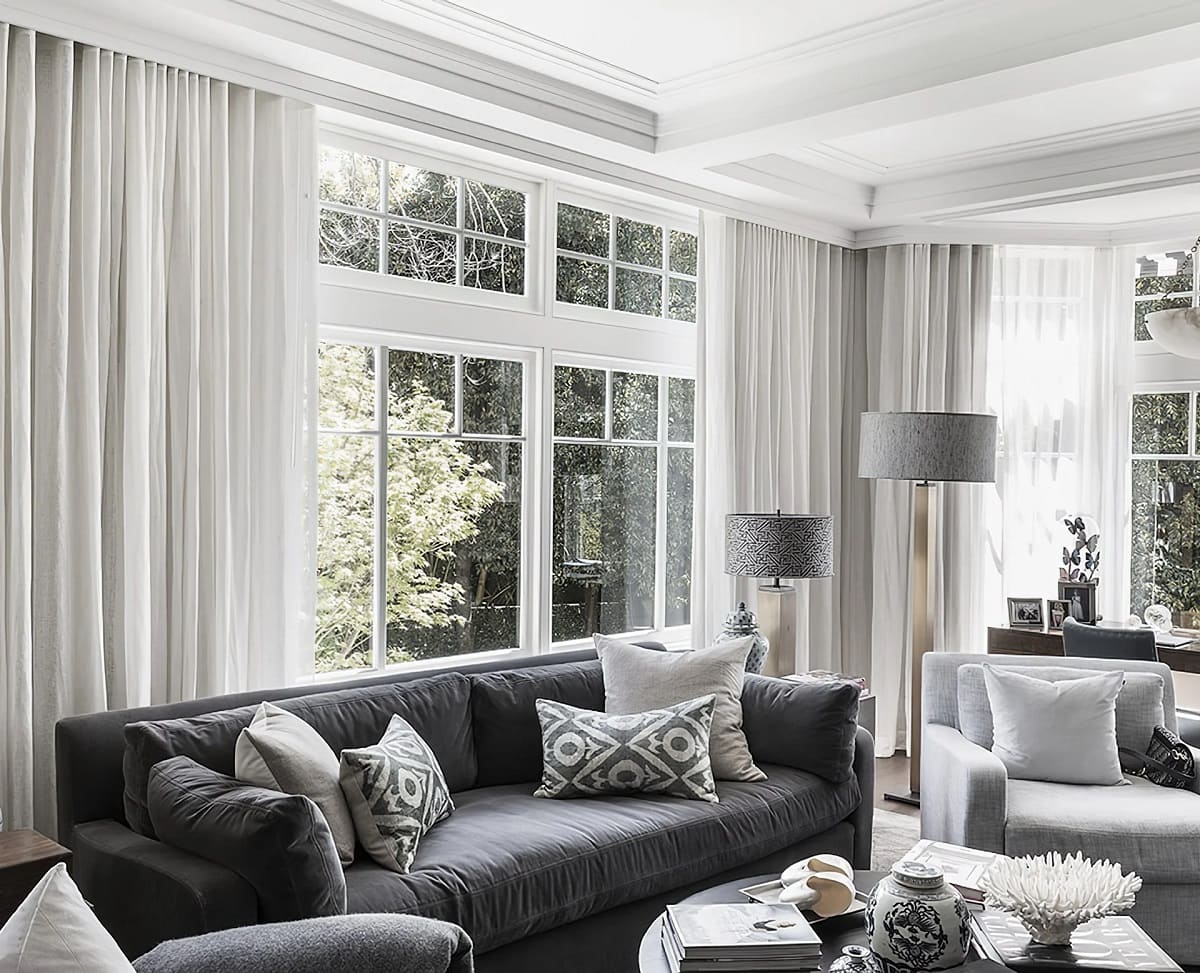
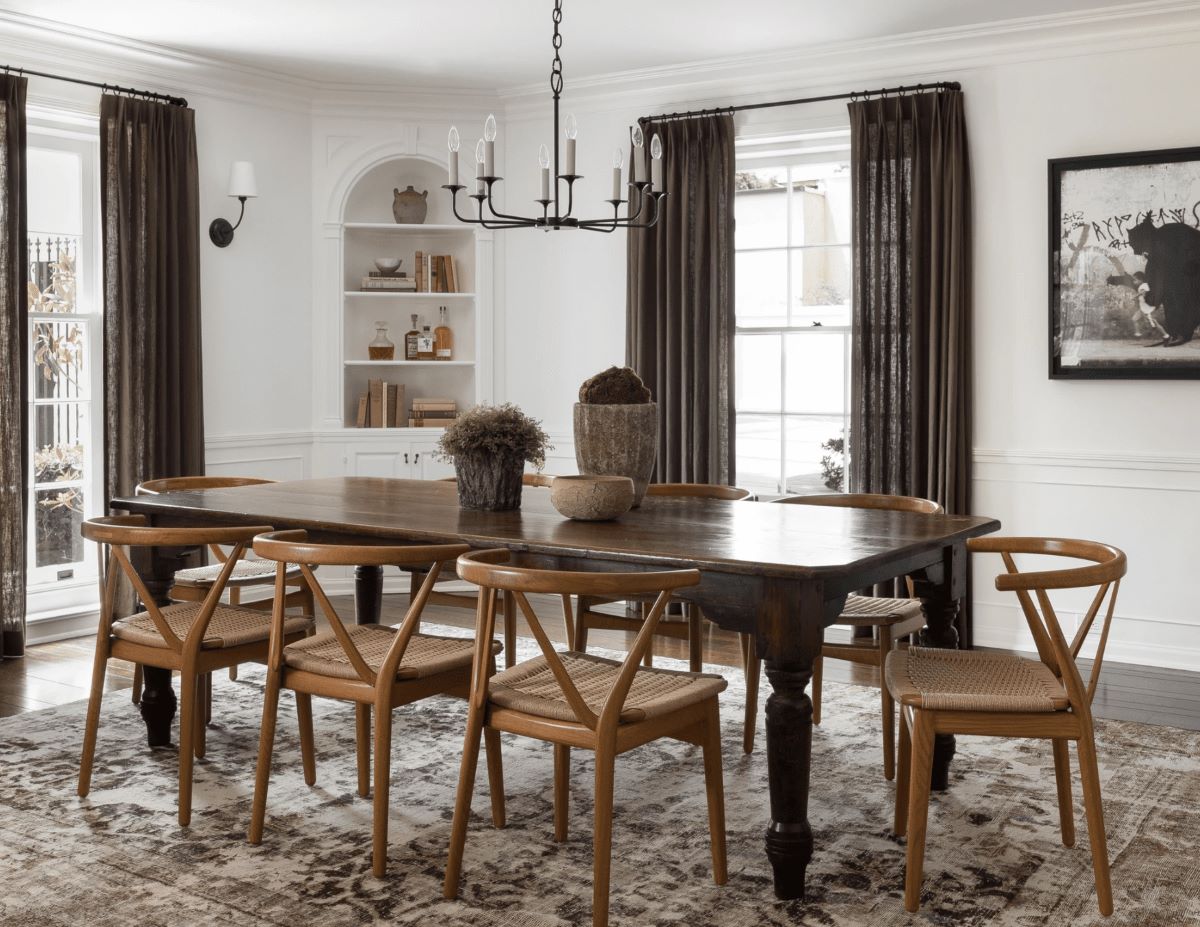
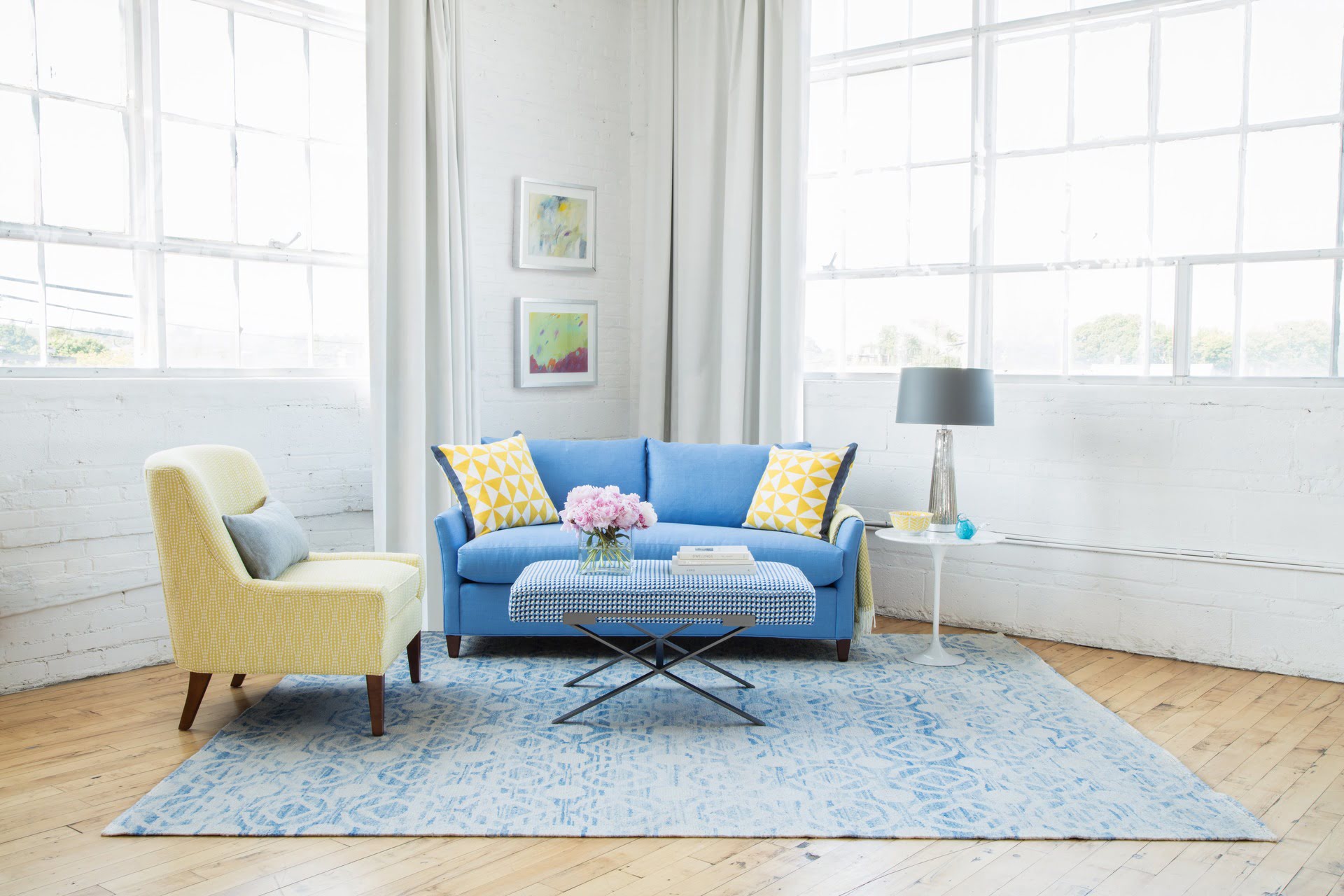
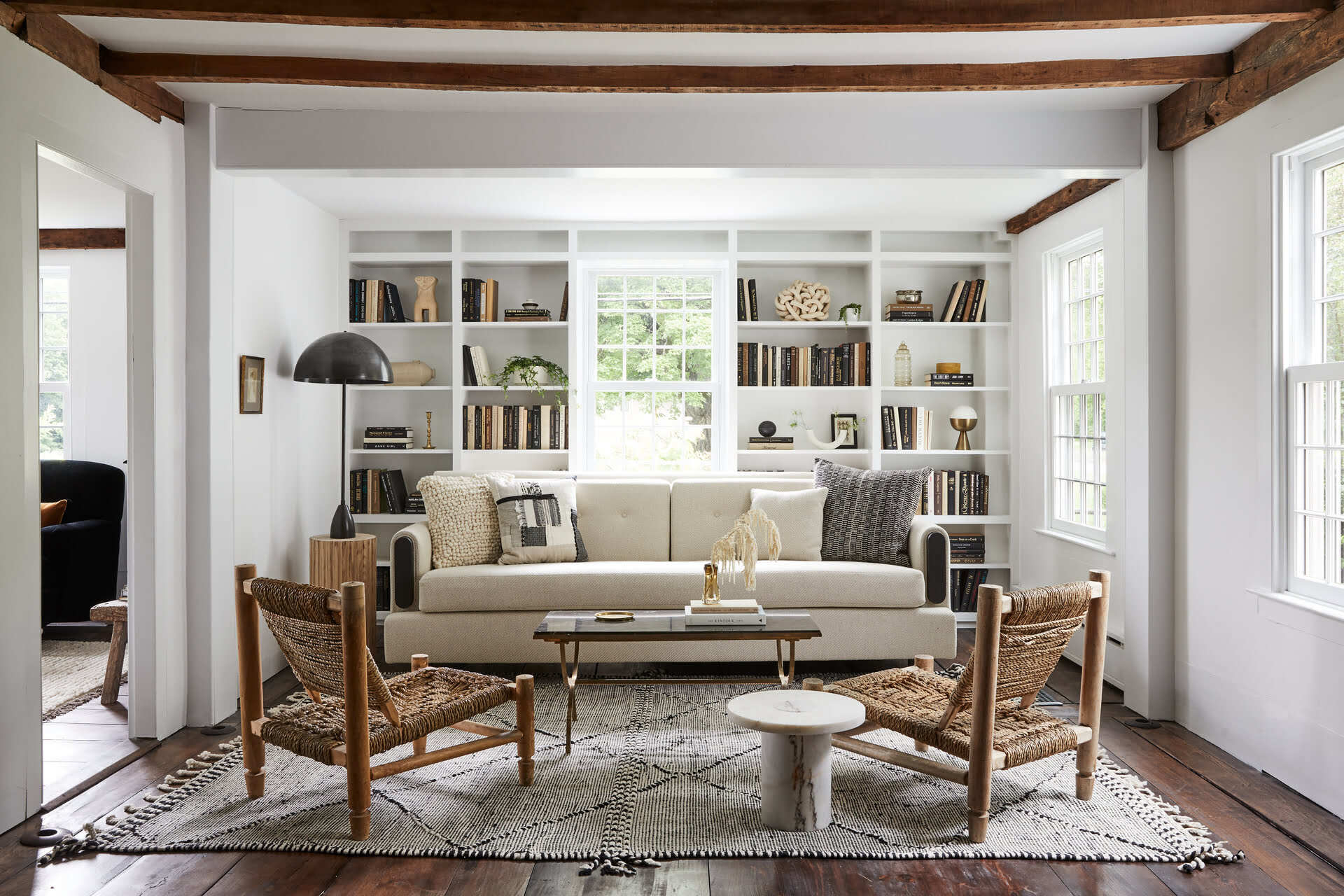
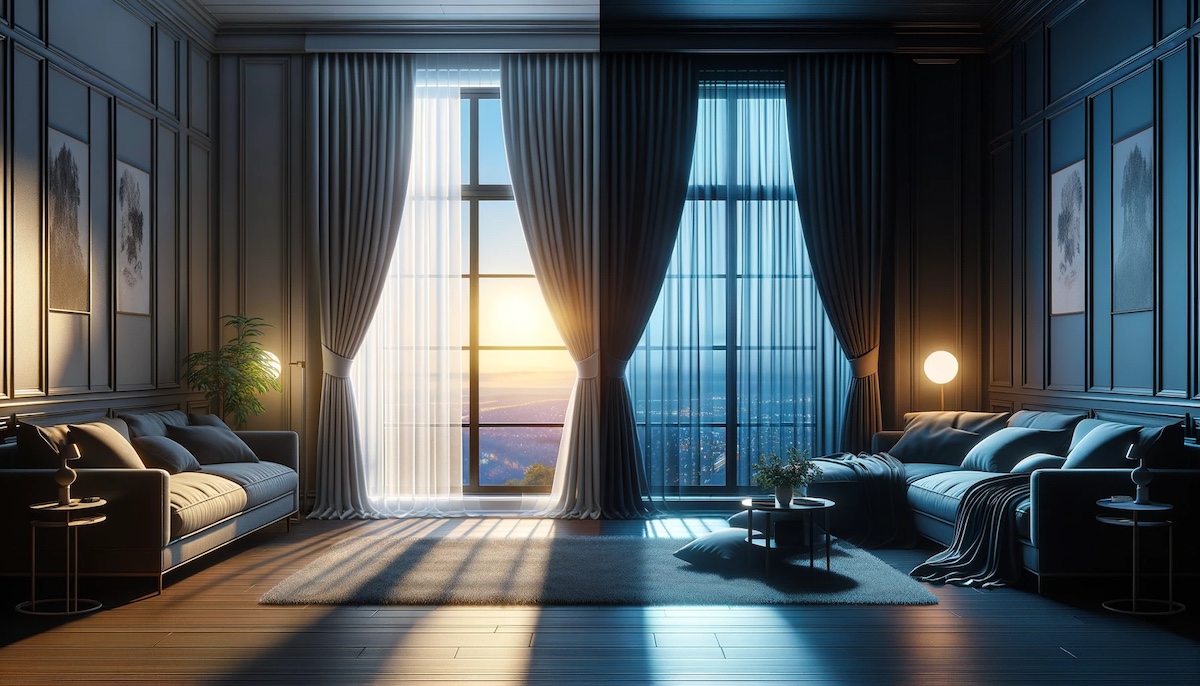
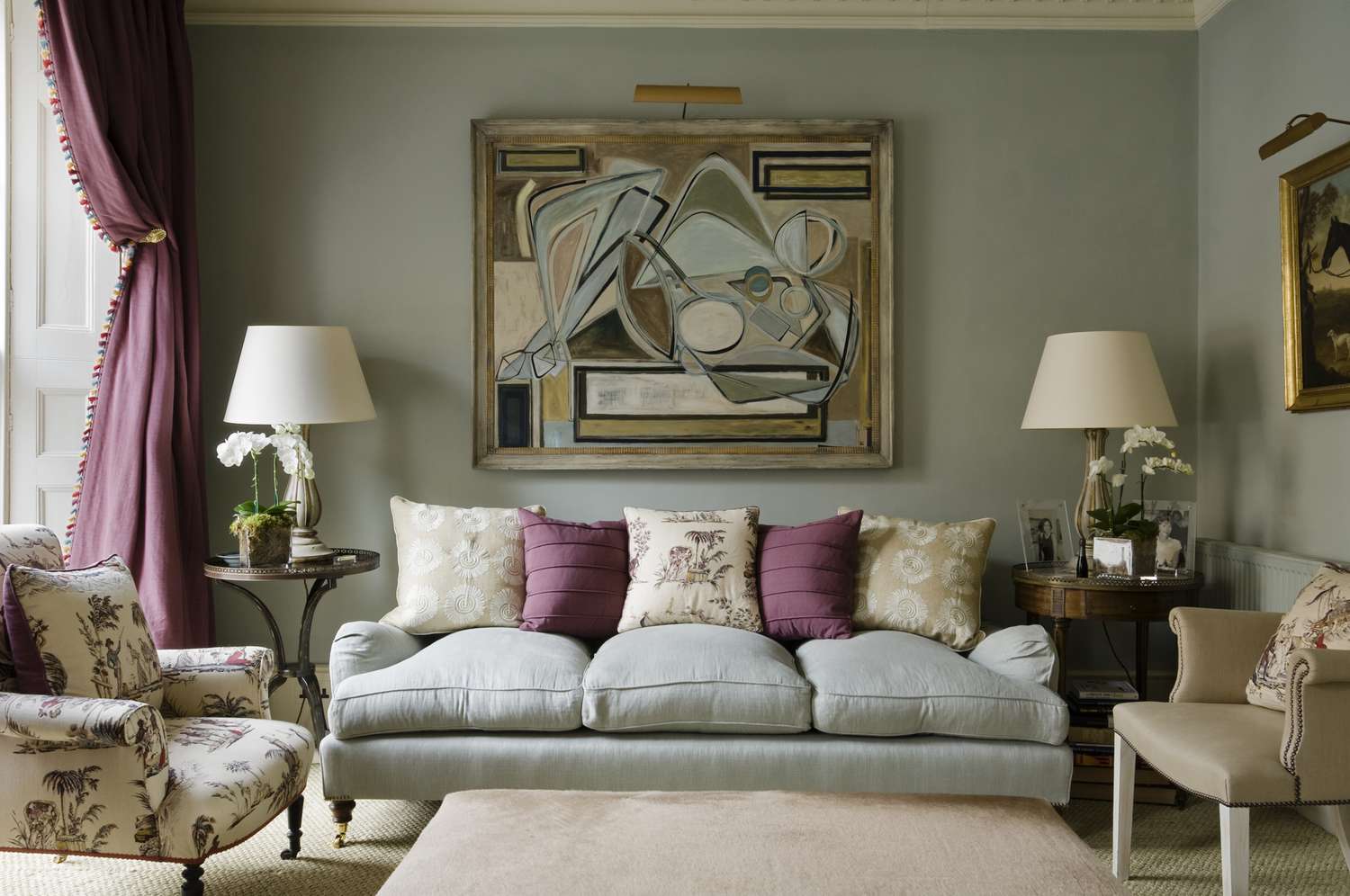
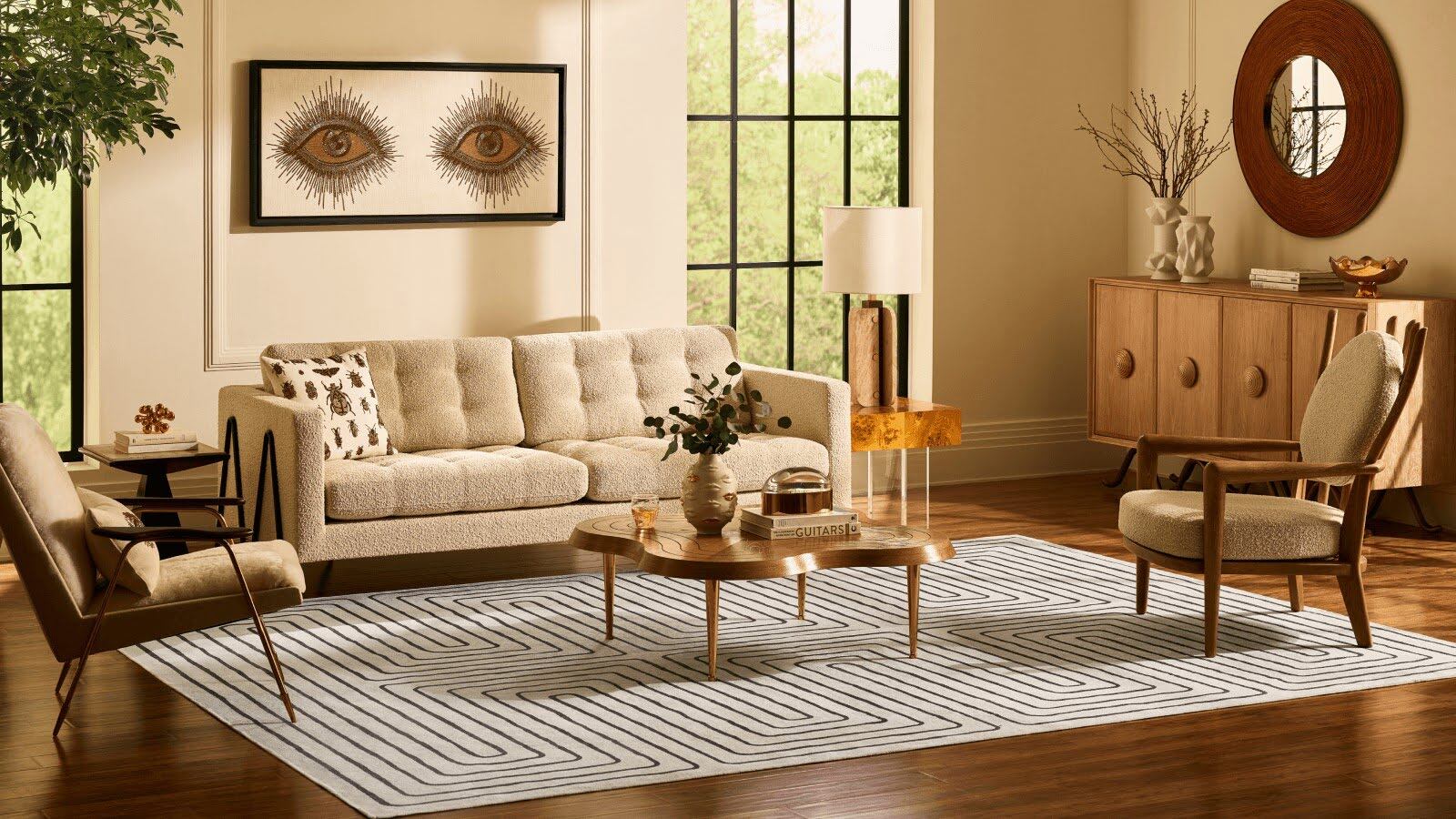
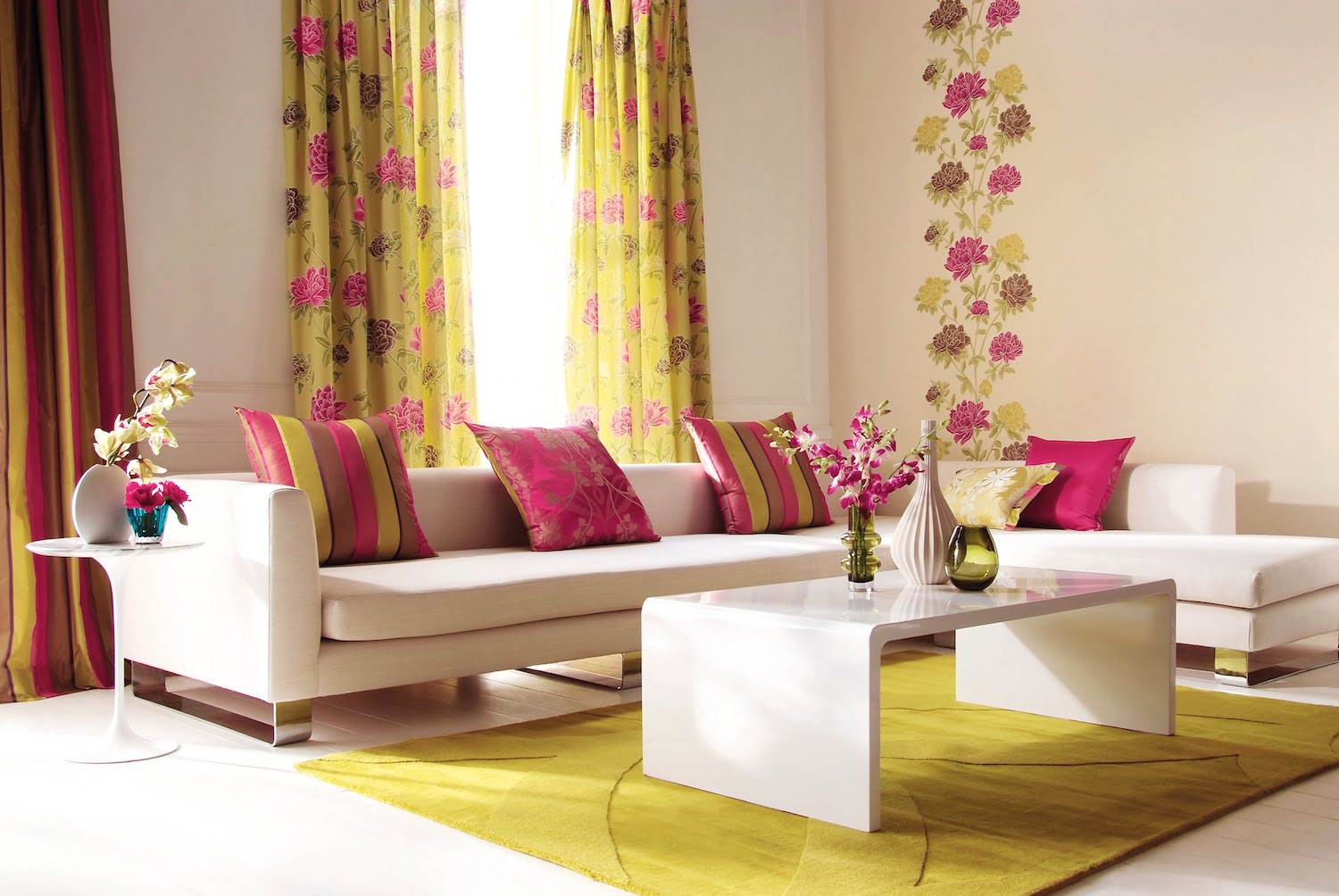
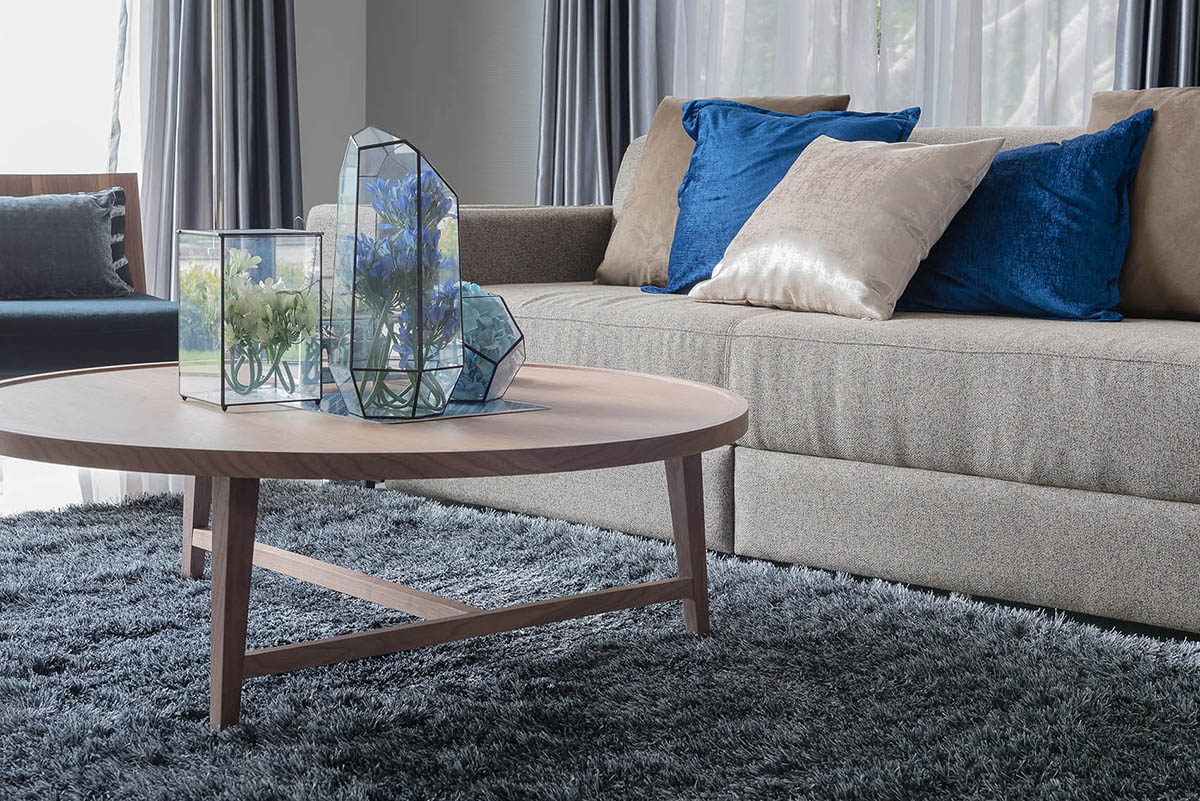
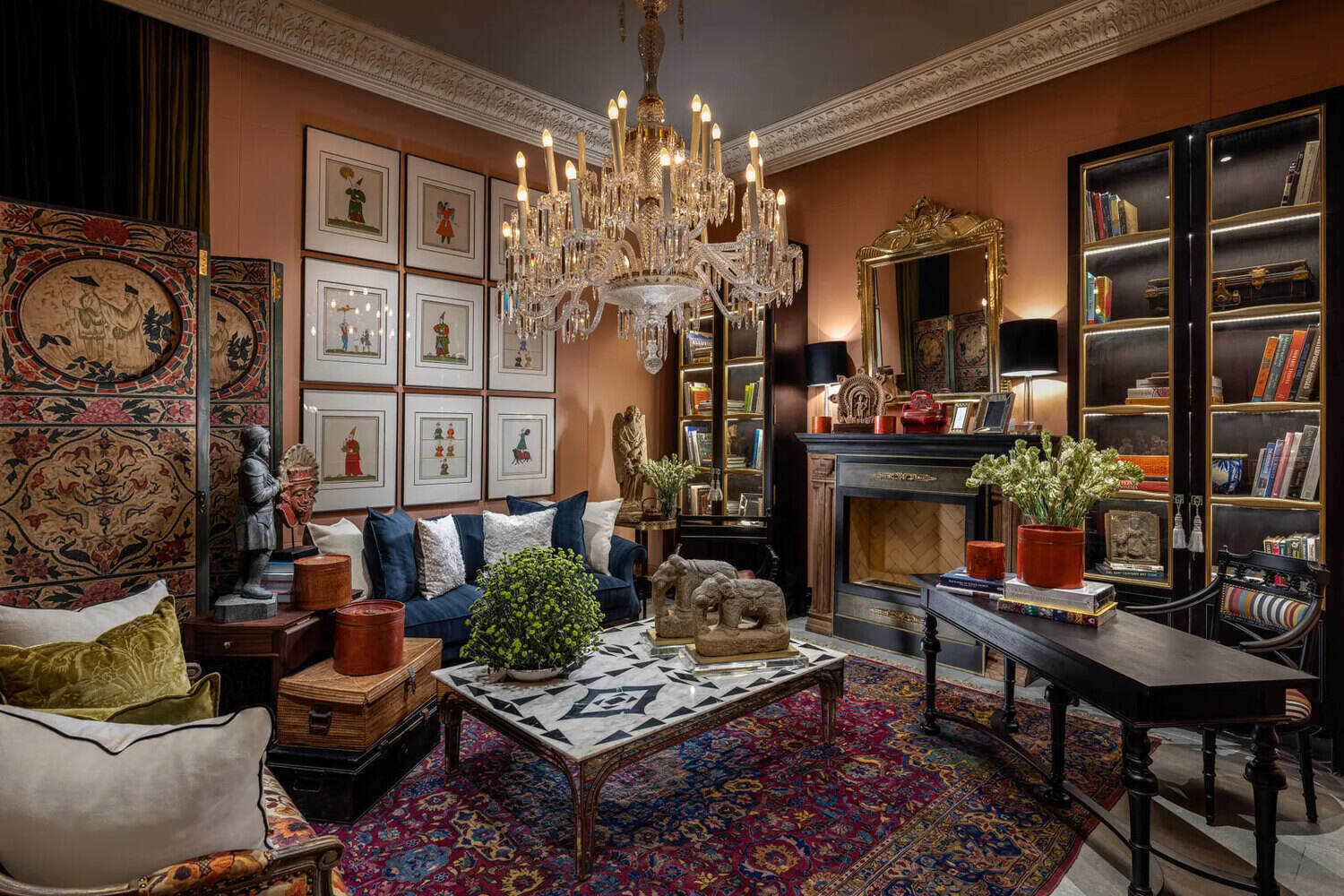
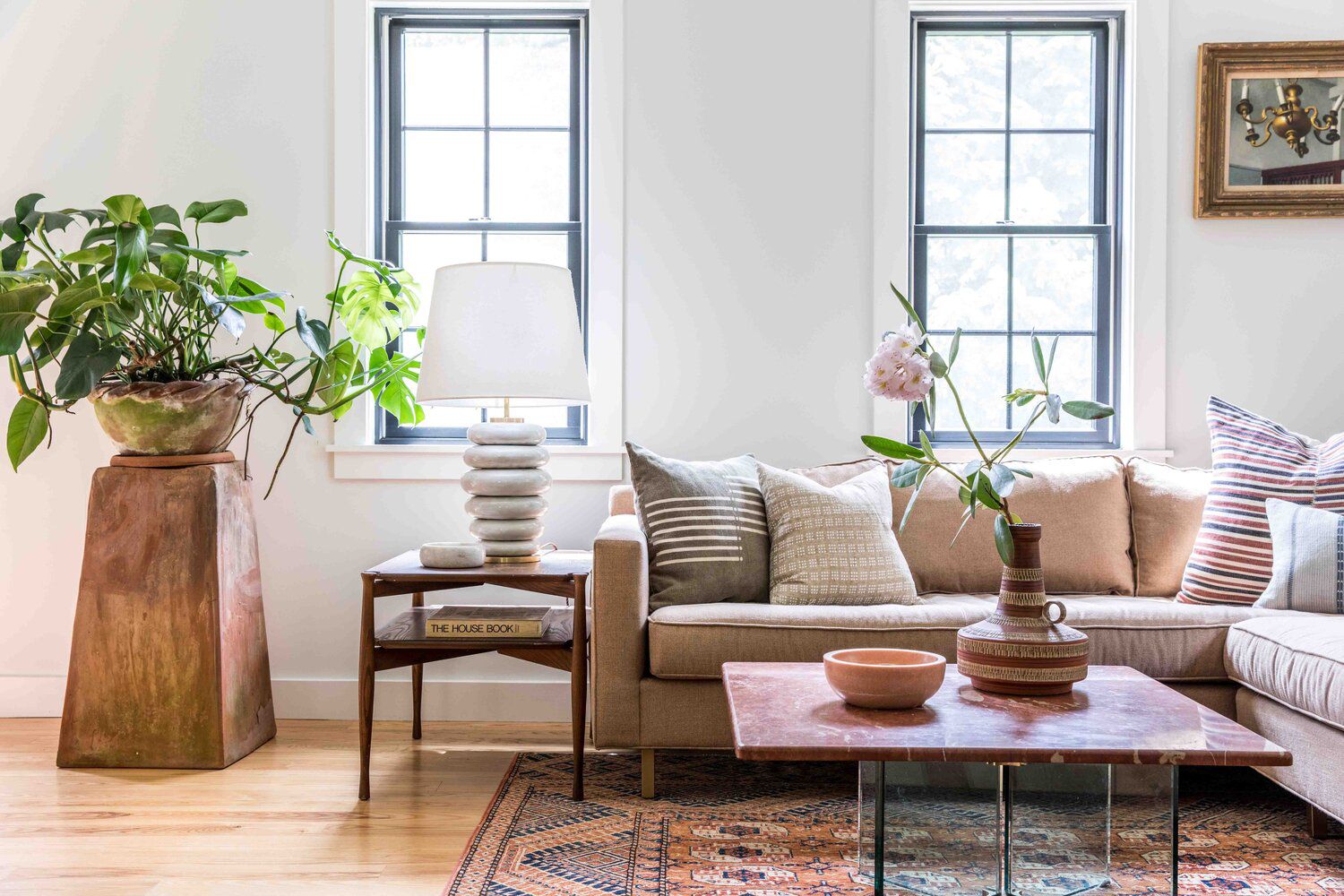
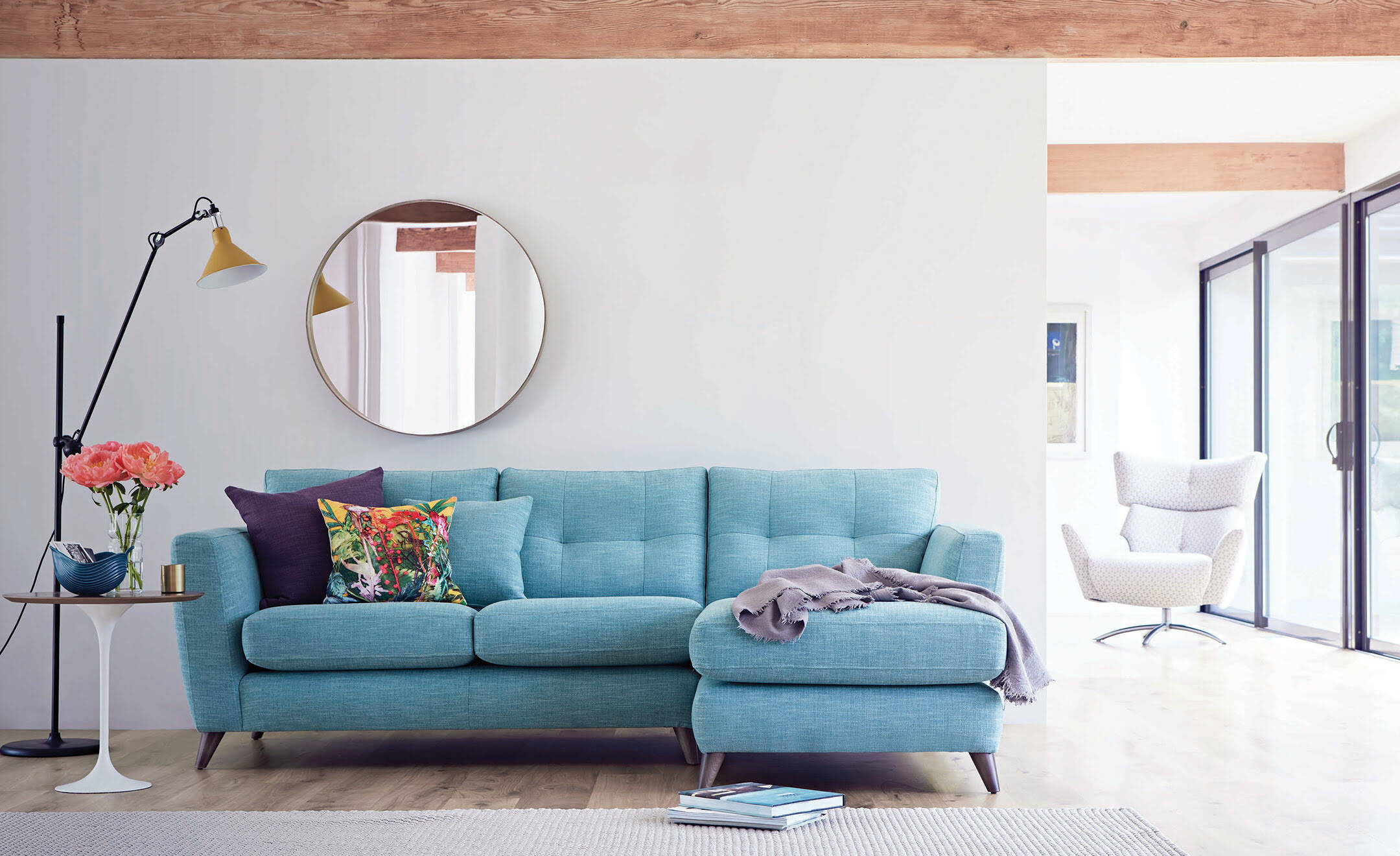
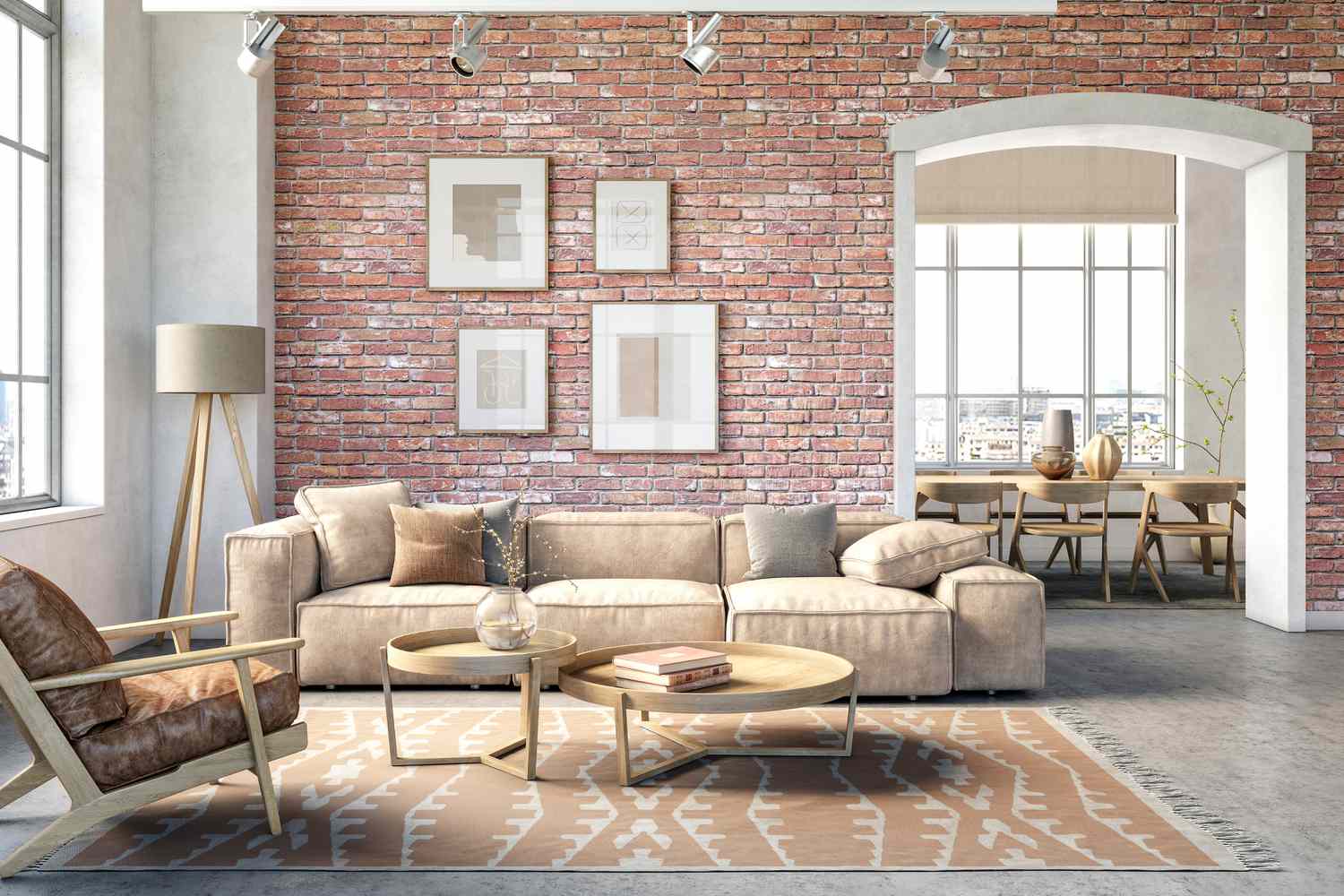

0 thoughts on “How To Choose A Curtain Color For Living Room”